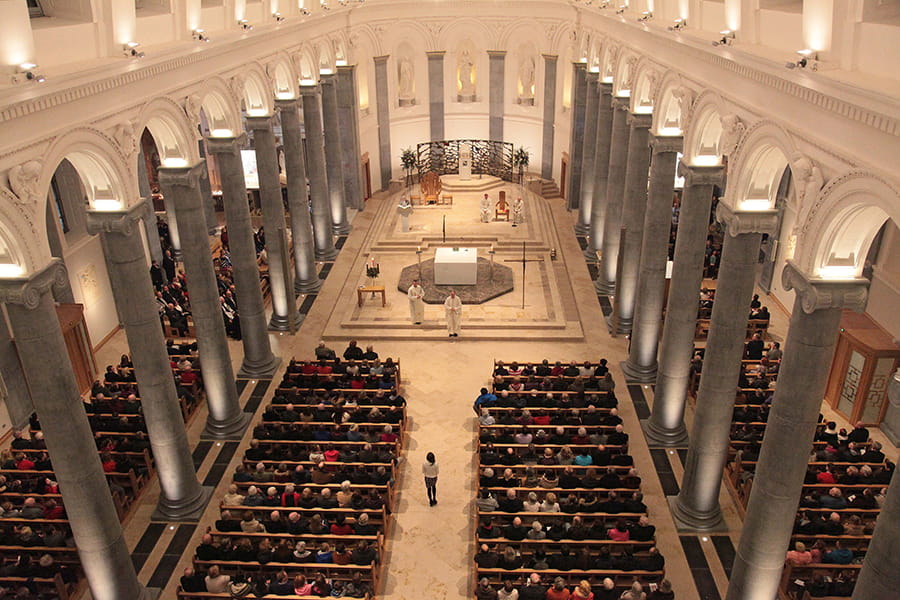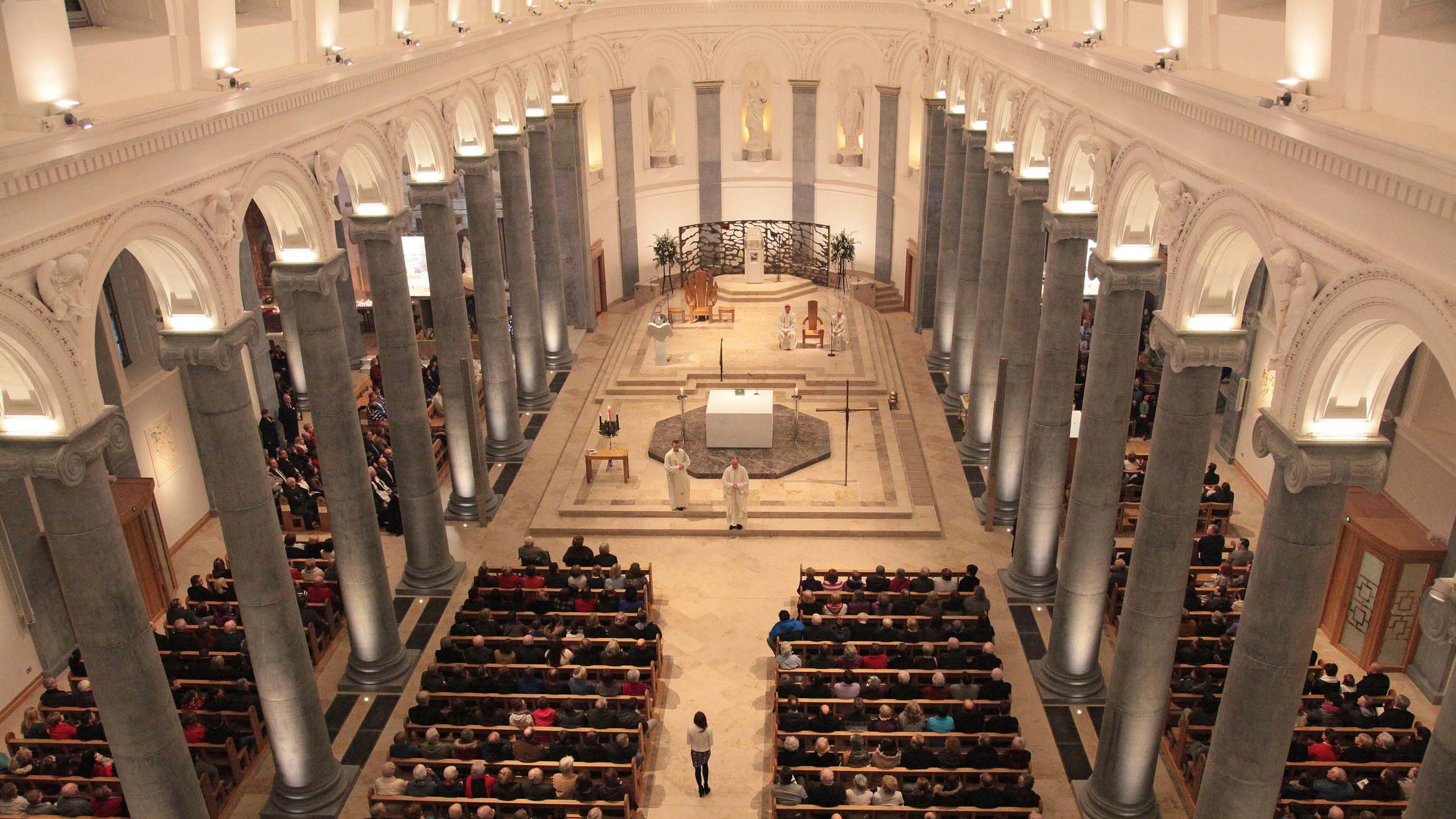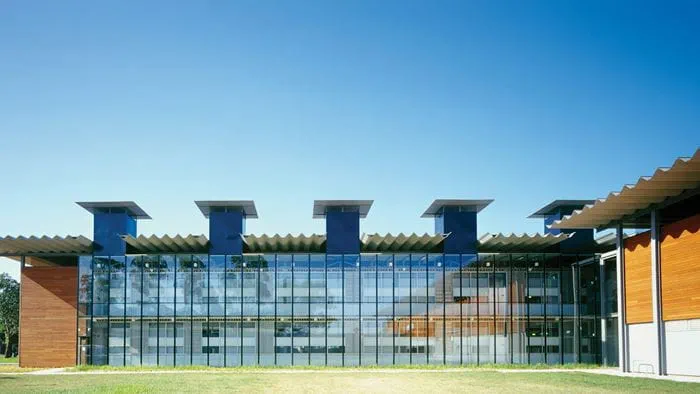The Saint Mel's Cathedral in Longford was gutted by a fire which broke out in 2009. The project team, master craftsmen and women from all over Ireland have come together with people from the local community to work on one of the largest restoration projects in Europe.
Arup was heavily involved in the restoration process and provided lighting design, mechanical and electrical engineering services for the restoration of St. Mel’s Cathedral.
St. Mel’s presented the team with a number of challenging issues when developing the striking lighting design, some of them architectural in origin, others to do with how the building was to be used, and yet more focus on conservation, technology and cost.
Along with the restoration works, new mechanical and electrical services were provided throughout and new lifts improved access to the upper levels. Measures to protect against fire spread was incorporated, reinforced by a special fire detection system recessed within the ceiling of the Nave.
Arup’s challenge for this project was to marry what was lost with what remained and put in place something for the future. Our biggest changes was the lighting system that is energy efficient but will also capture the atmosphere essential to the cathedral. The level of control and scene setting will allow the users to pre-set specific lighting scenes for specific liturgical occasions. Measures to protect against smoke fire were incorporated in the design, reinforced by a special smoke detection system.
The destruction of St. Mel’s Cathedral brought the local community together to fund the restoration of the the iconic neo-classical-style building named after the 5th century saint and uncle of St Patrick, which was originally built in the 1840’s.

We believe the main purpose of lighting in places of worship is to enhance the experience of the participants in addition to providing light for movement and tasks. Visual comfort and safety are also important. The lighting design is based on new thinking on methods of light distribution such as lighting the horizontal plane of the central nave and side aisle, vertical illumination on architectural points of interest and interpretation of regulations covering emergency lighting.
The lighting scheme in the new cathedral finds a balance between old and new to create an appropriate atmosphere through the use of modern LEDs and lighting concepts. The lighting highlights liturgical and architectural features in the building, taking cognisance of building conservation and energy efficiency issues and also taking account of the textures of the building fabric and the volume of the space.
The aim of the design was to provide the client with a flexible scheme, which would be one of the first of its kind in Ireland for such a building, using a full array of LED technology with intelligent scene setting controls while enhancing the look and feel of the space.
The solution arrived at by Arup involved a complex system of lighting types and controls yet provides an easy to use interface for the clergy in the form of “pre-set” scene settings for typical services throughout the year. A combination of the use of new lighting technology with the re-use of original brass fittings in some areas maintains some of the history of the cathedral yet provides a better solution in terms of control, maintenance and energy efficiency.
 ;
;



